For many, the holidays are a time of togetherness and celebration. Yet for firefighters, the season often brings unique challenges that can lead to stress. From missing family moments due to being on call to managing tough calls during the festive season, it’s important to prioritize your mental and emotional well-being during this busy time of year. Here are a few tips to help fend off holiday stress.
Embrace quality over quantity in family time
Being on call or working extra shifts may mean missing out on family holiday traditions, but the time you spend with loved ones, no matter how brief, can still be meaningful. Focus on making the most of the time you do have with loved ones. Whether it’s an early morning breakfast together, enjoying a movie night or catching up on the phone during a break, focus on making the most of the moments you have to connect with your family and friends.
Use self-care to prevent burnout
The holidays can be busy – from festive celebrations to increased call volumes. But it’s important to decompress between calls and commitments. Take a moment for yourself here and there, whether that be practicing a breathing routine, listening to calming music or stepping outside for fresh air. Even small acts of wellness, like staying hydrated, eating nutritious meals and getting more sleep, can help you feel more equipped to handle the season’s challenges.
Use your support system
Lean on others when the holiday stress becomes overwhelming. Whether it’s talking to a friend, family member or fellow firefighter, talking through difficult experiences can help lighten the emotional load.
MnFIRE Peer Support is a safe, confidential space to talk about what you’re going through with someone who gets it. Minnesota firefighters and their family members can get connected with a peer supporter by calling our 24-hour helpline at 888-784-6634.
Seek help if you need it
Tough calls can feel even more difficult during the holiday season. If you’re struggling, seek out support. With the MnFIRE Assistance Program (MAP), firefighters are eligible for professional counseling visits. This confidential, free service is available for all active volunteer, paid-on-call, part-time and full-time Minnesota firefighters and their families, and for all levels of support. Prioritizing your mental health is a step of strength and supports your well-being.
This holiday season, remember to take care of yourself so you can continue to serve your community with strength and dedication. By focusing on small, intentional practices, you can navigate holiday stress while still finding moments of joy and connection with your loved ones and your community.

